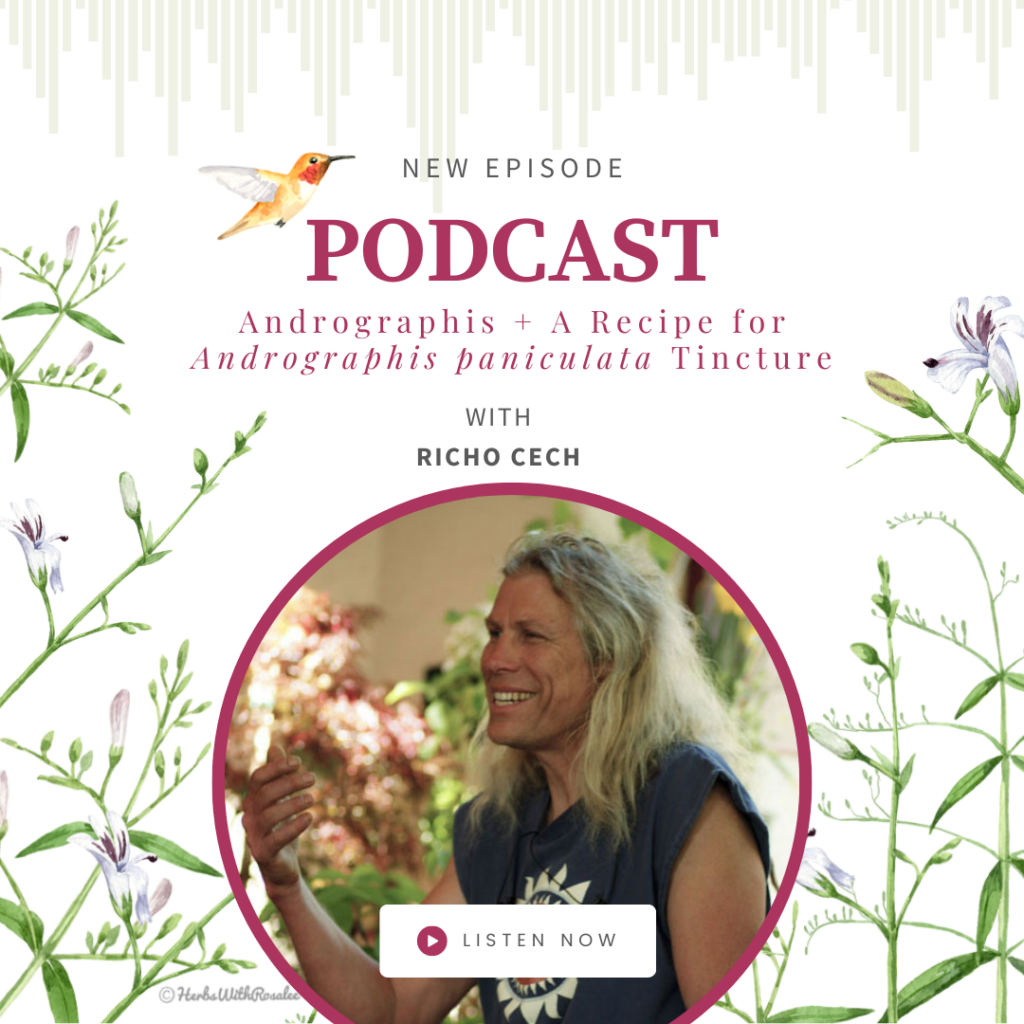Tomato Growing Tips
One almost avoids giving instructions on growing tomatoes since there are so many tomato growing aficionados out there—tomato culture is part of almost every gardener’s DNA. I see a lot of nice caged tomatoes when I drive around and snoop on other people’s gardens a bit. Yes, you can bury the stems horizontally at transplant, that’s a good one….







